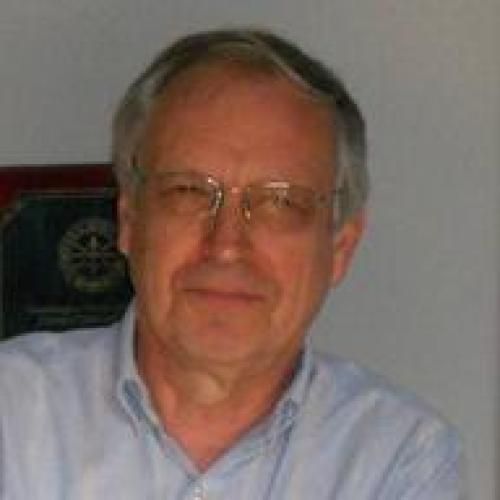
Singularity in polarization: rewiring yeast cells to make two buds.
For budding yeast to ensure formation of only one bud, cells must polarize toward one, and only one, site. Polarity establishment involves the Rho family GTPase Cdc42, which concentrates at polarization sites via a positive feedback loop. To assess whether singularity is linked to the specific Cdc42 feedback loop, we disabled the yeast cell's endogenous amplification mechanism and synthetically rewired the cells to employ a different positive feedback loop. Rewired cells violated singularity, occasionally making two buds. Even cells that made only one bud sometimes initiated two clusters of Cdc42, but then one cluster became dominant. Mathematical modeling indicated that, given sufficient time, competition between clusters would promote singularity. In rewired cells, competition occurred slowly and sometimes failed to develop a single "winning" cluster before budding. Slowing competition in normal cells also allowed occasional formation of two buds, suggesting that singularity is enforced by rapid competition between Cdc42 clusters.
Duke Scholars
Altmetric Attention Stats
Dimensions Citation Stats
Published In
DOI
EISSN
Publication Date
Volume
Issue
Start / End Page
Location
Related Subject Headings
- cdc42 GTP-Binding Protein, Saccharomyces cerevisiae
- Saccharomyces cerevisiae Proteins
- Saccharomyces cerevisiae
- Models, Biological
- Feedback, Physiological
- Developmental Biology
- Adaptor Proteins, Signal Transducing
- Actins
- 32 Biomedical and clinical sciences
- 31 Biological sciences
Citation

Published In
DOI
EISSN
Publication Date
Volume
Issue
Start / End Page
Location
Related Subject Headings
- cdc42 GTP-Binding Protein, Saccharomyces cerevisiae
- Saccharomyces cerevisiae Proteins
- Saccharomyces cerevisiae
- Models, Biological
- Feedback, Physiological
- Developmental Biology
- Adaptor Proteins, Signal Transducing
- Actins
- 32 Biomedical and clinical sciences
- 31 Biological sciences


